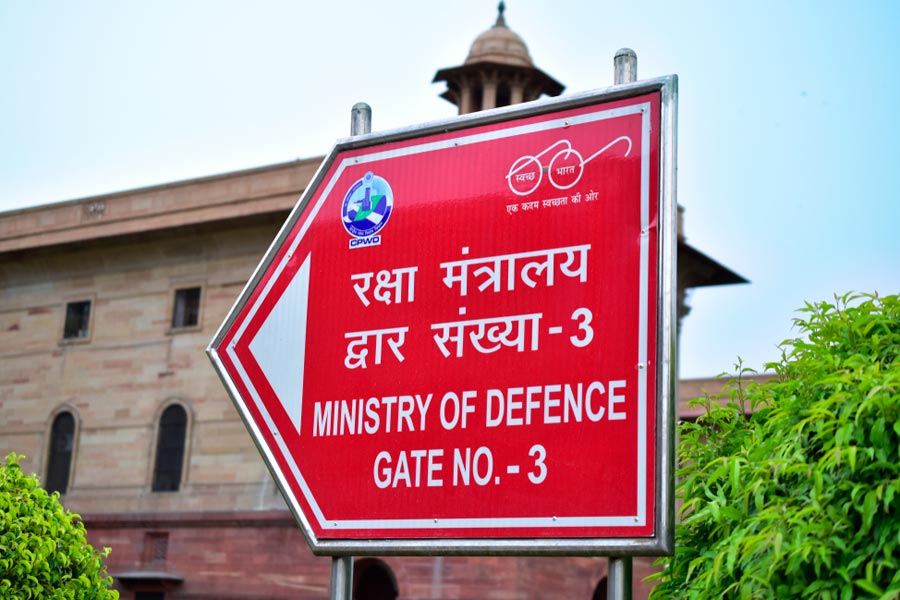

Patna: The Bihar government swung into action on Friday night after Madhya Pradesh informed it that it had released 5.25-7 lakh cusecs (1 cusec or cubic feet per second is around 28.32 litres per second) of water from the Bansagar dam on Sone river because the water in it had attained full reservoir level of 341.64m. Madhya Pradesh is witnessing heavy rainfall.
The state government, particularly the water resources department (WRD), understood the gravity of the situation as Madhya Pradesh would have continued releasing very high volume of water from the dam.
Water from the Bansagar dam flows down the Sone into the Ganga at Koilwar and leads to an immediate increase in water level.
Such a situation is a potential threat to Patna this season, when the Ganga is already flowing above the danger level along it.
Water resources department (WRD) principal secretary Tripurari Sharan immediately called up Madhya Pradesh government and initiated talks over the issue and requested slow release of water in the Sone so that the water level in the Ganga doesn't rise much and suddenly.
"In the light of the request made by the department, Madhya Pradesh informed at 5.40am on Saturday that only 3.56 lakh cusecs had been released from Bansagar into the Sone river," WRD public relations officer Arvind Kumar Singh said.
"Due to this, there is a possibility of increase in the level of the Ganga, but it won't be sudden and hefty."
WRD engineer-in-chief (flood control and drainage), Rajesh Kumar told The Telegraph: "Water released from Bansagar dam takes around two days to reach the Ganga. It also spreads into the Sone and is distributed in its canal system. We don't see any impending threat."
"However, keeping in mind the expected rise in the Ganga's level and a possibility of increase in the discharge of water from Bansagar, we have stored adequate flood protection material at vulnerable spots. Continuous vigil is being maintained and all precautions are being taken."
The WRD engineer-in-chief also said that at present the situation was not critical and flood threat from the Ganga will dissipate if water discharge in Sone is kept less. He pointed that the water discharge of Ganga was around 31 lakh cusec and it could easily withstand this pressure.
Floodwater from the Ganga entered fresh low-lying areas on the western fringes of Patna district, including Maner, while floodwater from the Punpun river, still flowing around 32cm above danger level, has entered agriculture farms and low-lying areas of Gaurichak and Sampatchak on the south-eastern fringes of Patna.
However, Punpun is showing a falling trend and the situation is expected to ease.
The level in the Ganga is currently steady, but will register an increase when Sone water drains into it.
Elsewhere, floodwaters from Durgavati and Karamnasa rivers had entered various villages of Baraura panchayat in Kaimur district, including Aantdih village, which has been adopted by Union health minister Ashwini Kumar Choubey.
WRD engineer-in-chief (flood and drainage control) Rajesh Kumar said the danger of floods in north Bihar is dissipating as rainfall in Nepal has decreased and water discharge from various barrages like Valmikinagar over the Gandak and Birpur over the Kosi river was either steady or falling.
"The flood threat in north Bihar is easing as water flow in all rivers flowing from Nepal is decreasing," Rajesh said.











